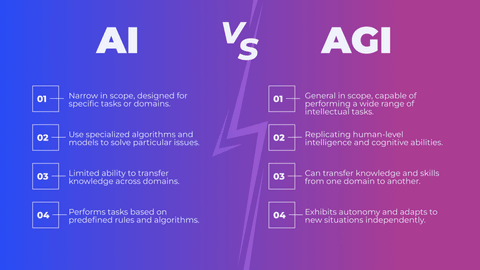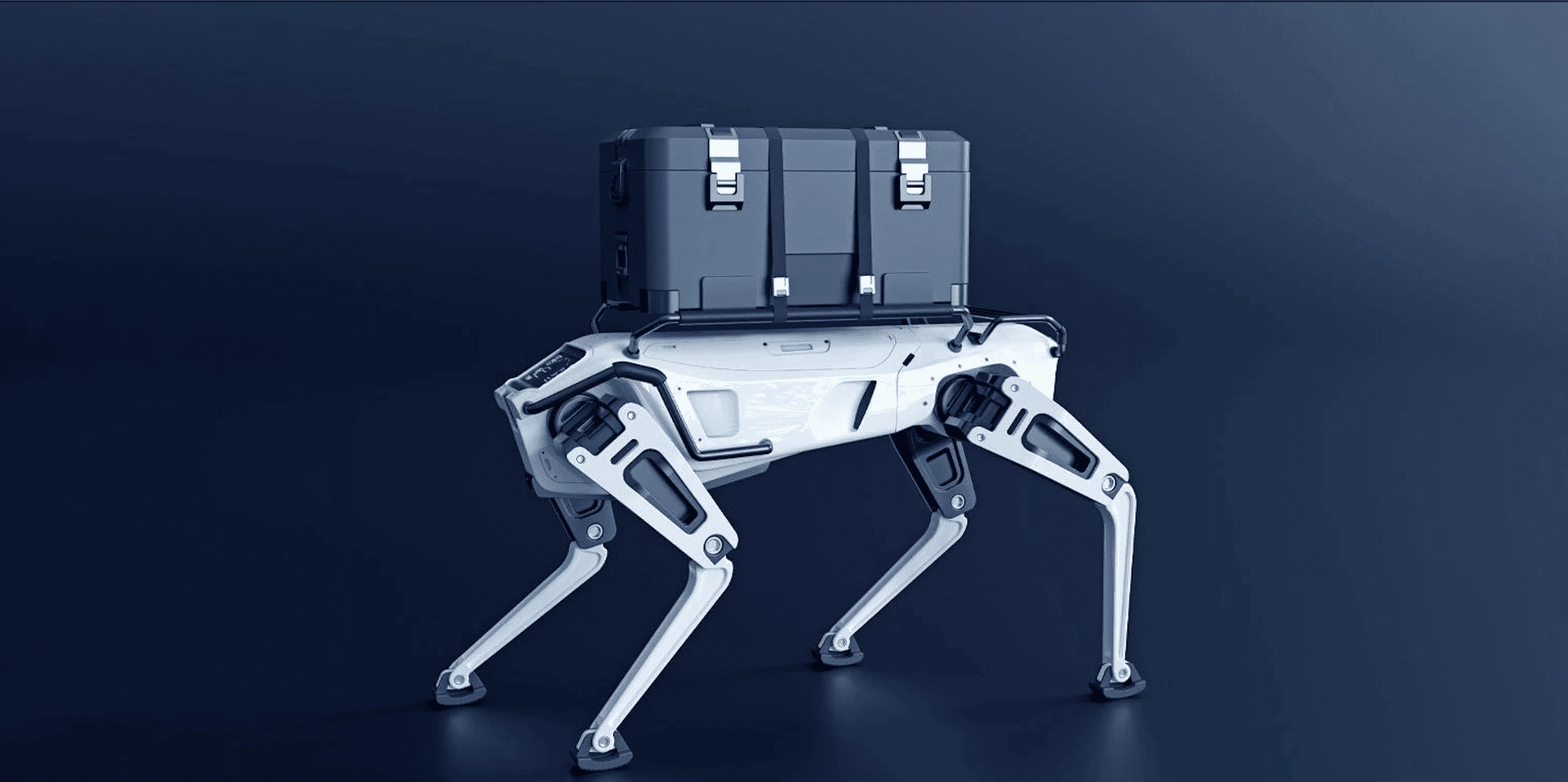The power of AGI application in Agriculture

Michael Yushchuk
Head of Data Science
What is AGI, and how does it impact agriculture?
In a world where technology continues to push boundaries, one term currently stands out: Artificial General Intelligence, or AGI. Imagine highly advanced computer systems that possess human-like intelligence, capable of understanding, learning, and applying knowledge across various tasks. Sounds like science fiction? Well, it’s not.
The impact of AGI on agriculture has the potential to be transformative. It can revolutionize agriculture by enabling precision farming, improving crop monitoring and management, optimizing supply chains, and advancing plant breeding techniques. By leveraging AGI technologies, agriculture can strive for increased productivity, sustainability, and resilience in the face of global challenges.
In this article, we highlight the potential of this cooperation and describe the benefits, challenges, and use cases of integrating AGI in agriculture.
AI or AGI: what is the difference?
First, let’s clarify the difference between AI and AGI.
AI systems in agriculture typically focus on narrow domains, such as crop yield prediction or plant disease detection, and are trained on large datasets specific to the task. While they can be highly proficient in executing those particular tasks, their abilities are typically limited to the domain they were trained on. If faced with new situations or tasks outside their training scope, AI systems may struggle to provide accurate or effective responses.
On the other hand, AGI possesses a superpower: the ability to transfer knowledge and skills across different domains. By leveraging previous learning experiences, AGI can adapt to new situations and tasks. An AGI system trained on diverse farming practices could apply its wisdom to various crops, soil types or even extend its capabilities to livestock management and farm machinery optimization.
The capability of AGI to generalize and learn from new situations without human intervention could lead to advancements in autonomous farming systems, smart decision-making algorithms, and the optimization of various agricultural processes. However, it is essential to note that AGI is still an evolving field, and developing truly autonomous and adaptable systems remains a significant challenge.
The Challenges of Implementing AGI in Agriculture
Data Quality and Accessibility
The successful implementation of AGI relies heavily on the availability and quality of data, so it is crucial to collect relevant and accurate data from various sources. However, farmers still face challenges accessing reliable data in many regions due to limited connectivity or inadequate infrastructure. Addressing these issues and ensuring data availability is vital to unleashing its full potential.
Ethical Considerations
As AGI becomes more integrated into agriculture, ethical considerations arise, and AGI’s automation and decision-making capabilities raise questions about data privacy, algorithmic biases, and job displacement. Striking a balance between the benefits of AGI and the ethical implications it poses requires careful consideration and robust regulatory frameworks.
Cost and Adoption
The initial investment and operational costs associated with AGI implementation can pose a significant challenge for farmers, especially those with limited financial resources. Additionally, adopting AGI technology requires specific technical expertise, which might not be readily available to all farmers. To ensure a fair integration of AGI in agriculture, it’s crucial to bridge the gap between cost, adoption, and accessibility.
AGI for Agriculture: use cases
Now, let’s dive into some captivating use cases that demonstrate how AGI can unleash the full potential of agriculture:
AGI for Agricultural Robotics
Picture a future where robots work seamlessly alongside farmers, optimizing tasks with ease. AGI empowers agricultural robots to optimize tasks efficiently, becoming an up-and-coming technology for precision agriculture. By comprehending images through computer vision and utilizing high-level function libraries and prompt engineering, agri robots become multifunctional, transforming the way farmers work.
AGI for Precision Farming and Phenomics
AGI can enable precision farming techniques by integrating data from multiple sources, including satellite imagery, drone-based imaging, weather data, and soil sensors. By applying advanced machine learning and computer vision algorithms, AGI systems can analyze this data to forecasts breeding and provide real-time insights on crop health, nutrient deficiencies, and optimal irrigation schedules.
AGI for Precision Livestock
AGI can support livestock farming by monitoring animal health, behavior, and welfare. Intelligent sensors and monitoring systems can collect feeding patterns, body temperature, and movement data. The application of AGI, such as GPT-4, can process livestock videos and images to detect anomalies, predict disease outbreaks, optimize feeding strategies, and improve overall livestock management.
AGI for Agricultural Infrastructure
Infrastructure management in agriculture involves various components like roads, water systems, information systems, equipment, energy production, and waste management, and indeed is a complex task. Traditional approaches relying on human intervention struggle to cope with the complexity. Therefore, future management will rely on advanced tools such as AGI to aid in predictive maintenance, optimize resource usage, and assist in infrastructure design and planning by analyzing sensor data, making informed decisions, and enhancing efficiency while reducing waste.
AGI for Crop and Livestock Disease Detection
Current AI systems for monitoring crop diseases and pests rely on well-labeled data, which may miss crucial rescue measures and the optimal timing for treating crops. However, AGI has the potential to overcome these limitations and assist farmers in identifying and managing issues, including accurate diagnoses and suitable treatment measures. Unlike conventional AI and computer vision algorithms, AGI can learn from new data, identify previously unknown cases, and recognize hidden patterns that may evade human observation.
AGI for Predictive Analytics and Decision-Making
AGI’s capacity for continuous learning enables it to adapt to evolving agricultural conditions and acquire knowledge from new data sources. It can recognize emerging patterns and adapt predictive models accordingly, providing farmers with up-to-date information for proactive decision-making.
How AI and other technology should interact
Our partner, Wezom, highlights the integration of Artificial General Intelligence in agriculture to optimize the functioning of other technologies.
The AI in agriculture market was valued at $608.5 million in 2022, with a projected CAGR of 25.2% from 2023 to 2029.
But AGI has the potential to revolutionize agriculture, enabling increased productivity and reduced labor requirements. It works in conjunction with existing technologies, facilitating the shift towards innovative farming practices.
By utilizing AGI and big data, farmers can make informed decisions based on real-time information, leading to significant production gains and cost reductions. The adoption of IoT devices, such as sensors, provides farmers with critical insights on factors like precipitation, crop yields, soil nutrition, and pest infestation. Robots contribute to reducing manual labor in agriculture, helping alleviate food scarcity and minimizing the environmental impact.
Conclusion
The potential impact of AGI on agriculture is far-reaching. Through its ability to exhibit flexible and adaptive behavior, AGI can revolutionize agriculture by optimizing management processes, improving decision-making, and enabling precision agriculture.
Unlike traditional AI systems, AGI exhibits flexible and adaptive behavior, transferring knowledge across domains and applying it to various agricultural aspects. By leveraging the capacities of AGI technology, agriculture can strive for increased productivity, sustainability, and resilience in the face of global challenges.
However, to make the most of AGI’s benefits and tackle any potential issues, it is essential to collaborate closely with AI experts, agricultural experts, and policymakers. Drop us a line if you want to discover how AGI can improve your business.
Agriculture
Build smarter Agritech solutions faster. From crop analytics and autonomous drones to connected agri-devices and AI modeling platforms.
Check the service









